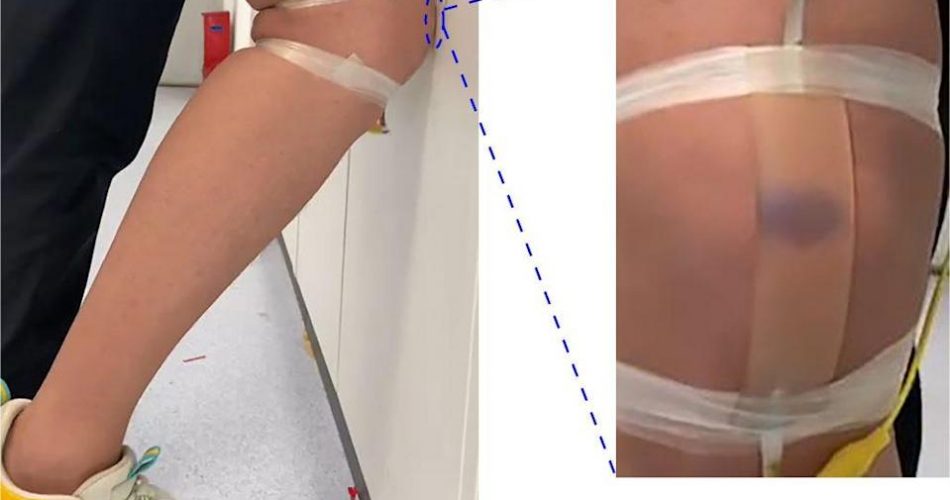This new I-skin is sensible to injuries
When you bump your elbow, your feet, or any part of your body against a wall or something hard, you not only feel pain but also might experience bruises unlike robot and prosthetic limbs which don’t develop signs of injury. However, researchers, as reported in ACS Applied Materials & Interface journal, have developed an artificial skin that senses force through ionic signals and is also able to change color from yellow to a sort of purple which reminds the bruise of human skin and therefore it provides a visual cue when damage occurs.
It’s not the first time scientists develops artificial skins (i.e. e-skin) that can sense stimuli through electronic transmission but their electrical conductors are not always biocompatible therefore their use is often limited. Ionic skins (or I-skins) instead, use ions as charge carriers similar to human skin. The ionically conductive hydrogels of I-skins have superior transparency, stretchability, and biocompatibility compared with e-skins. In addition, researchers wanted this I-skin to be able to change color to mimic human bruising and register changes in electrical signals when a force is applied.

So, researchers made an ionic organo-hydrogel that contained a molecule, called spiropyran, that changes color from pale yellow to bluish-purple under mechanical stress. During tests, the gel showed changes in color and electrical conductivity when stretched or compressed, and the purple color remained for 2-5 hours before fading back to yellow.
Then, the team taped the I-skin to different body parts of volunteers, such as the finger, hand, and knee. Bending or stretching caused a change in the electrical signal but not bruising, just like human skin. However, forceful and repeated pressing, hitting and pinching produced a color change.
The I-skin, which reacts like human skin in terms of electrical and optical signaling, opens up new opportunities for detecting damage in prosthetic devices and robotics, the researchers say.
Certainly, this type of skin will make prosthetics more realistic and will help people who use them to be more conscious of their movements. In the same way, they can be useful for robots to perceive where they are damaging their limbs. However, I think we should avoid making too human-like robots (and this skin seems part of this process) because, in the long run, they could be indistinguishable from human beings with all the resulting consequences.
Source thebrighterside.news
